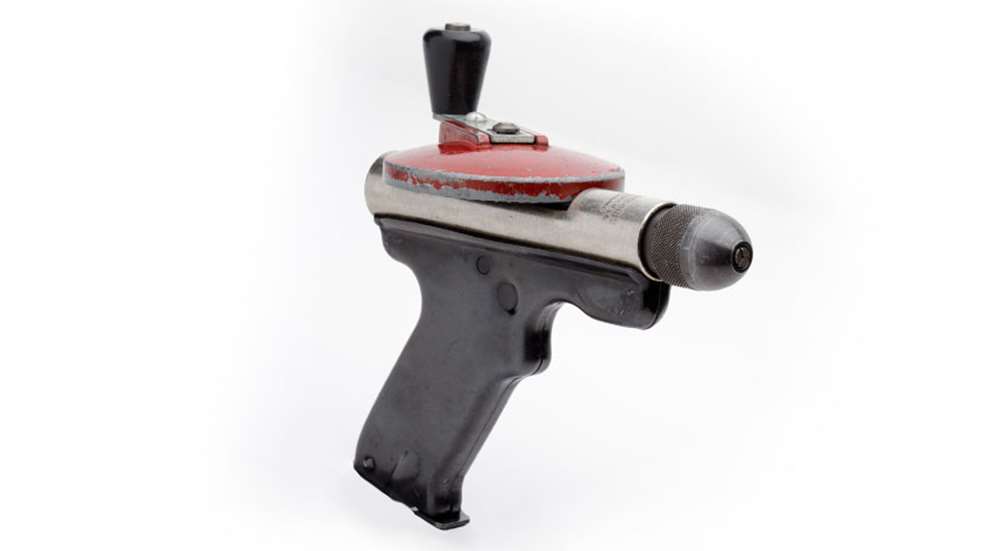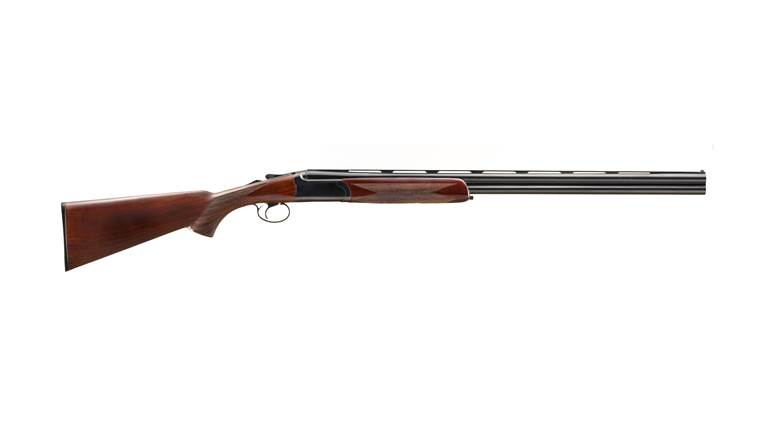
William B. (Bill) Ruger and partner McMillan Clements formed The Ruger Corp. in 1945, and a small, wood-frame building in Southport, Conn., was leased to serve as a headquarters and machine shop. Although Clements brought in a government hardware contract, it turned out to be a financial liability, and Ruger ultimately bought out Clements. A major hardware jobber from New York then convinced Ruger to design and produce a line of quality carpenter tools, suggesting the risks were minimal and the potential for profits high. With a small crew of machinists and metalworkers, Ruger produced and marketed a line of precision hand drills, spiral screwdrivers and bit braces. But competition was well-established, and Ruger’s high-quality tools proved to be too expensive.
By mid-1948, Ruger’s tool business was in serious financial distress, and the bank foreclosed that fall. Tools, machinery and raw materials were sold by way of a bank auction, although Ruger was able to buy back most of the machinery and raw materials. It was clear from the beginning that Bill Ruger’s eventual goal was to manufacture firearms. The Ruger Corp.’s letterhead read: “Manufacturers: RUGER AUTOMATIC PISTOLS – LARGE SCREW MACHINE PRODUCTS”. The first gun was, of course, the Standard Model .22-cal. pistol, and it’s no coincidence that the now-iconic pistol’s grip frame bears a striking resemblance to that of the hand drill pictured here.
Additional Reading:
The First Ruger





































